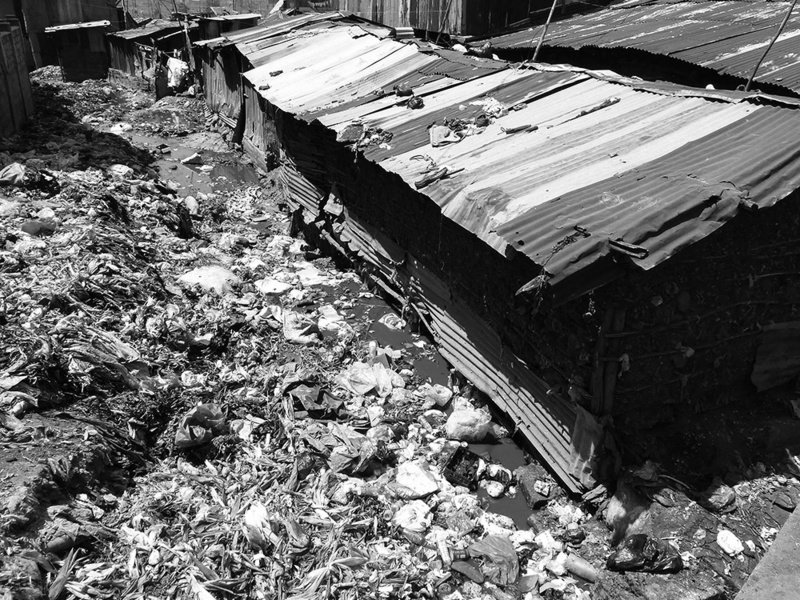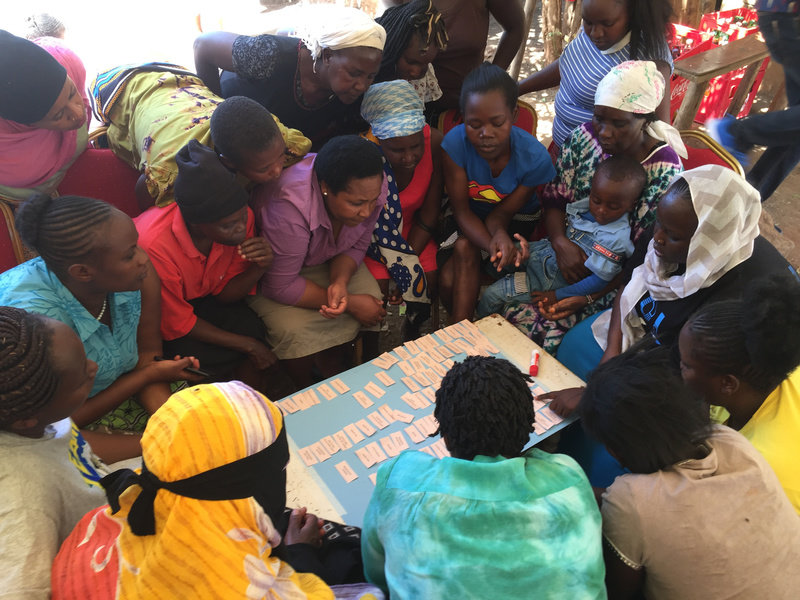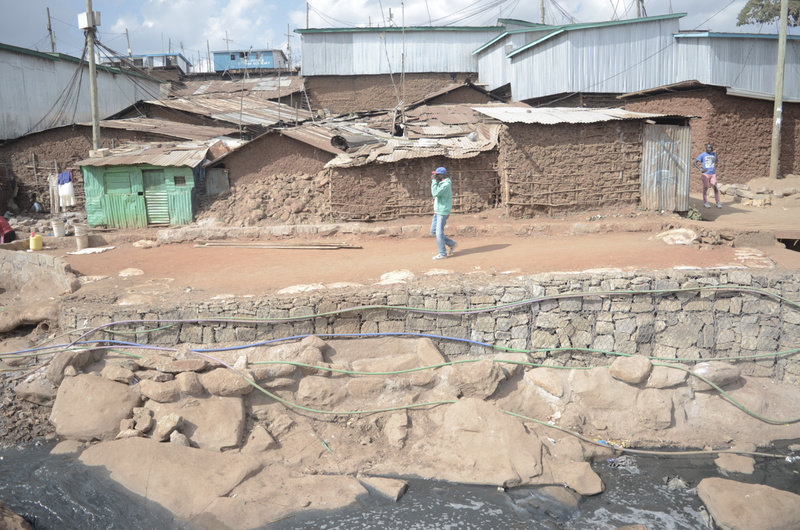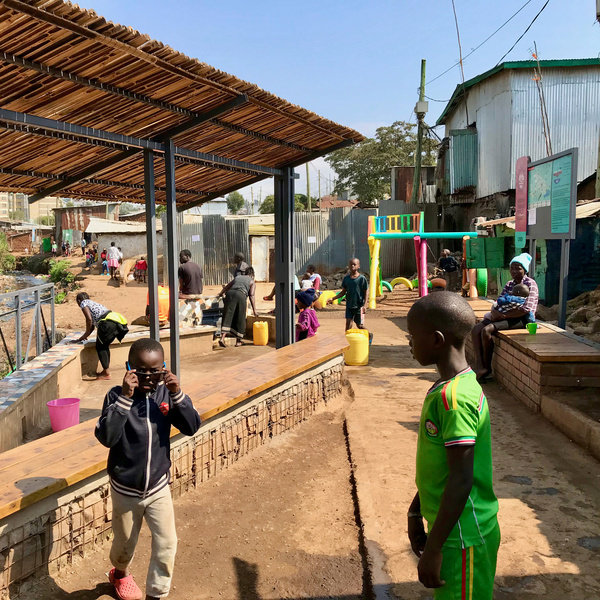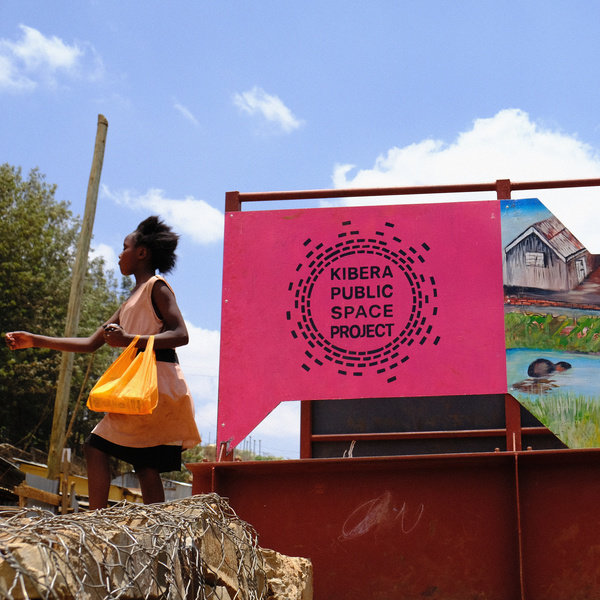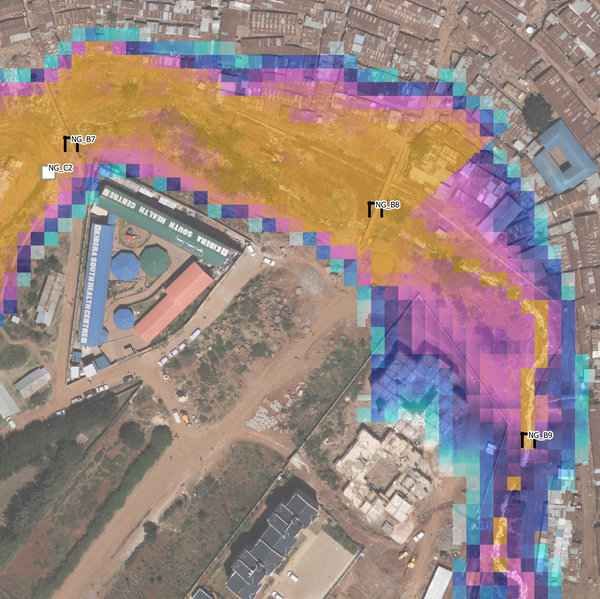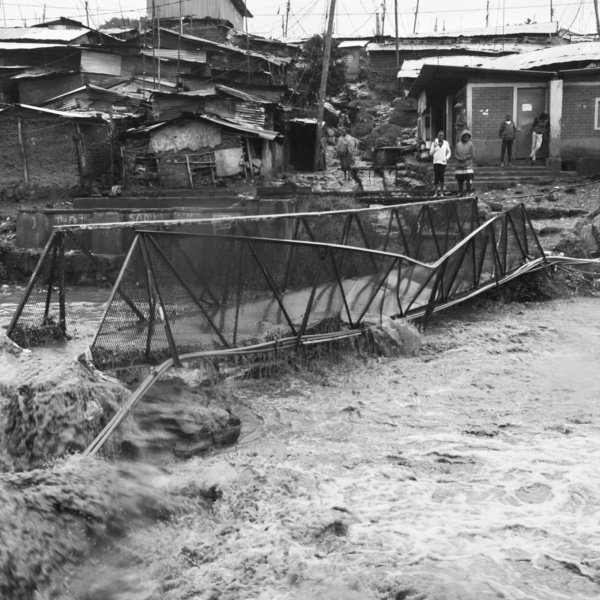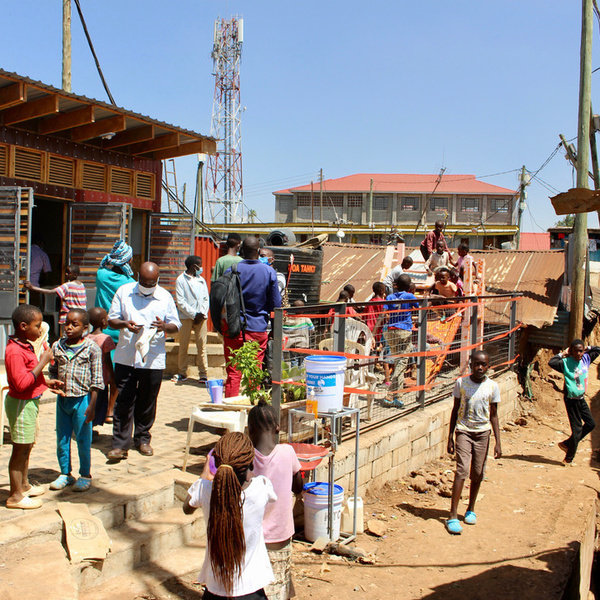The completed site at KPSP10 features flood protections and various community amenities
Community-Responsive Adaptation to Flooding
Gabion construction
Community meeting for new physical intervention
Stabilizing a flood-prone riverbank
The completed site at KPSP10 features flood protections and various community amenities
Community-Responsive Adaptation to Flooding
